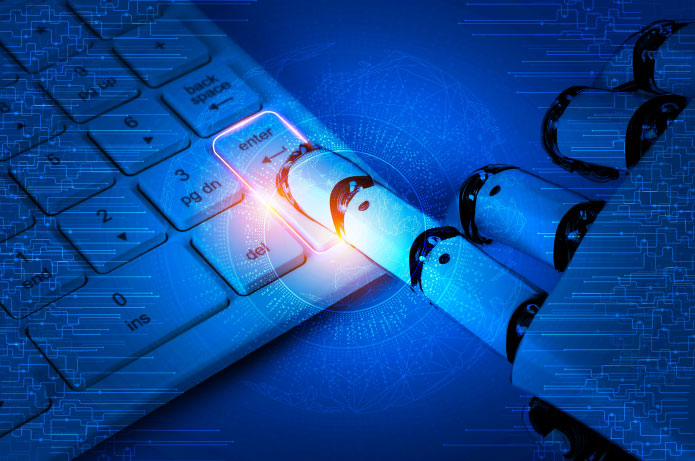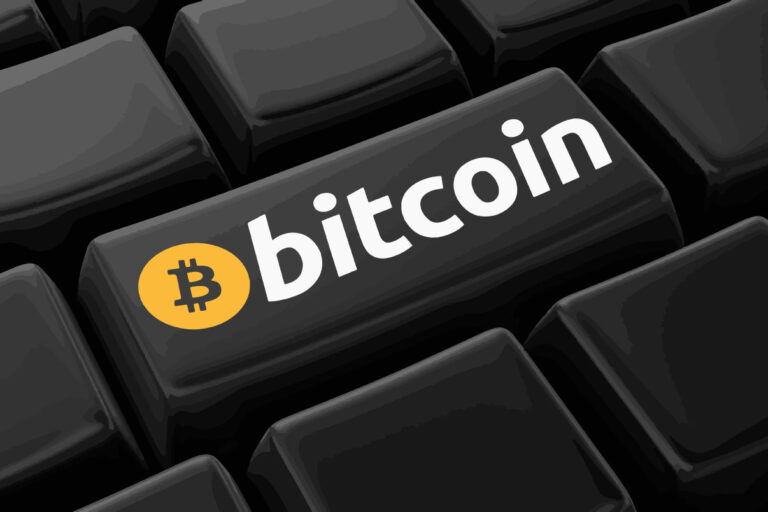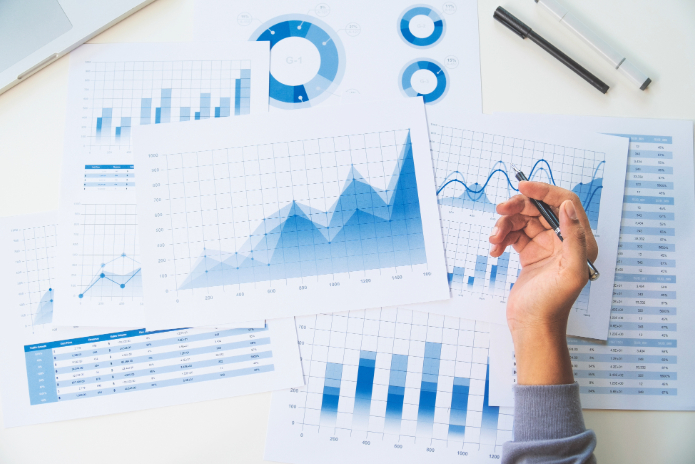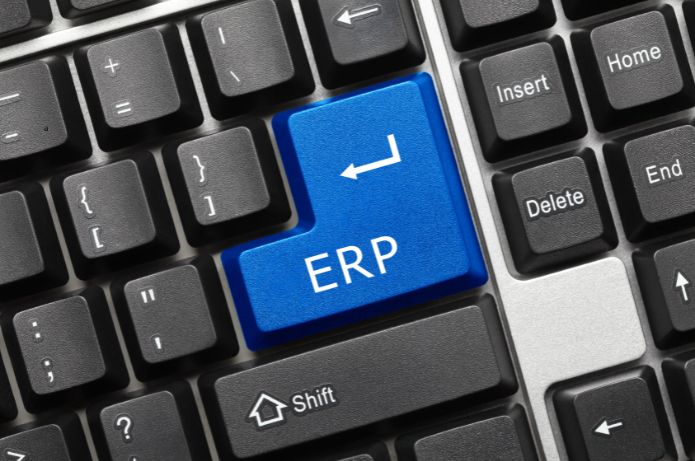The Brazilian Retail Media market 42.3% is experiencing a growth boom. The market reached the number of R$ 3.8 billion last year, a jump of 42.3% over 2023 2023 20.3%.
And this movement has happened precisely because retailers and the industry are embracing this trend with speed so much so that the expectation is that this media channel ends 2025 with a significant growth compared to 2024. This demonstrates that the national retail is determined to become a protagonist in digital advertising, surfing the “third wave of online media (as retail media networks have been called. In other words, there is a growing consensus that retailers will become advertising powerhouses, with a central role in the connection between brands and consumers.
At least 64% of the major Brazilian brands already work with retail media, according to the Retail Media Insights survey, 2024. On the side of retailers, 5% claim to already operate their own media network (from supermarkets to pharmacies and marketplaces, several segments are creating structures to monetize their audiences.
The segmentation power of Retail
Behind the rise of retail media networks is a valuable asset of the retailer: the primary data (first-party data) of its consumers. Unlike other vehicles, retail holds rich information about buying behavior 2 transaction history, items viewed, frequency of visits, preferences and even loyalty program data. This information allows extremely accurate segmentation of the audience. Retailers can leverage the buying insights of their customers to offer hyper-targeted advertising solutions, reaching the right consumer with the right message and at the most opportune time.
This ability to segment based on own data gains strategic importance in a context of greater restriction to the use of third-party cookies and demand for privacy. Retailers, acting as “owners of the” audience, something difficult to find in other media on the same scale.
For example, a pharmacy chain can target vitamin ads only to customers who have recently purchased health products, or an online supermarket can promote organic foods to consumers looking for fitness items.The intelligent use of purchase history, searches and demographic profile makes ads much more relevant to the consumer, increasing sales and brand loyalty . Studies highlight that retail media offers just this possibility of mass customization, combining reach with tailored content for each customer.
In addition, the quality of retail data allows more robust performance metrics. As retail media networks operate within the retailer's own systems, it is possible to directly attribute the result of a campaign to sales made, closing the full measurement cycle. This assignment “closed loop ” in which it is possible to connect the impression of the ad to the transaction in the cashier 'is a great differential. The wealth of purchase data and the ability to attribute the return on investment directly make retail media a strategy highly valued by brands.
For advertisers, this means that investing in the retail channel is not a leap in the dark: on the contrary, sales results can be proven quickly and accurately, making it easier to justify investment and optimize campaigns in near real time.
Integration between digital and offline: direct impact on POS
An important aspect of retail media networks is the integration between the online and offline worlds. Some of the largest retailers operating in Brazil have a huge customer base both online and offline. This allows these companies to make a unique combination of channels to engage the consumer at multiple touch points during their purchase journey.
Another example: a customer may be impacted by a product banner in the mobile app of the supermarket and, when visiting the physical store, come across a personalized offer on a digital screen in the gondola or near the box. This synergy onoffline takes the advertising message up to the “ultimate mile” of the decision process, literally when the consumer has the product in hand.No wonder, experts see retail media as a way to influence consumer choice at the critical moment of purchase.
Inside stores, in-store digital media has been gaining ground as an extension of retail chains.Smart screens, interactive totems, electronic shelf panels (ESLs) and even monitors in the shopping cart become advertising inventory. Retailers can strategically position these screens near checkouts or high-circulation aisles to stimulate last-minute purchases.
It is logical that, from an operational point of view, the integration between online and offline requires a technological effort of measurement: unifying the two means. This has still been a challenge for retailers, whose solution has been customization through increasingly improved loyalty campaigns. Even if there are still technological issues, the direction is clear: the future of retail media is to offer a cohesive omnichannel experience, where it matters little whether the interaction happened in the virtual world or in the physical world 5 both environments complement each other to engage the consumer and generate results for brands.
Paradigm shift: from sales channel to media channel
The emergence of Retail Media Networks represents a paradigm shift in how retail is viewed in the marketing mix. Historically, retailers were seen only as distribution channels and points of sale, while brand building and advertising were in charge of traditional media vehicles, more recently of digital platforms. With the turn to retail media, this separation falls apart: retail is now also a vehicle for mass communication, starting to compete for advertising budgets that would previously go to other media.
In practice, large retail chains have become true publishersmonetizing your websites, apps, and stores just like a news portal lives off ads or a TV station sells commercial space.
For the advertising brands, this represents a reconfiguration of the strategies. A part of the investment that was previously intended for trade marketing actions at the physical point of sale migrates to media actions in the digital properties of the retailer. Another portion, which would go to generic mass media, can now be allocated more focused via retail media, reaching exactly the shopper in the“moment of the truth of the purchase.
This convergence makes marketing and trade come together, requiring managers to think in an integrated way: selling and communicating have become facets of the same consumer journey. As a result, large global advertisers are already reorganizing teams and budget to contemplate this new pillar. Some call this movement “mediafication” retail (that is, retail is no longer just distribution and also becoming media.
If before supermarkets, pharmacies and department stores were only the stage for other media strategies, now they have their own spotlight. This model redefines not only investment flows, but also requires new approaches from all market players. Brands need to be more data-driven and performance-oriented, agencies need to incorporate new knowledge and skills, and retailers take on media company responsibilities, ensuring consumer experience also in terms of content and ad relevance.
The advertising ecosystem expands and becomes more complex (but at the center of this transformation, there is a clear logic: those who are closer to the consumer in the buying journey gain voice and value in the media game. Retail, with its own platforms, has proven to be in the right place and at the right time to capitalize on this dynamic. It remains for other parts of the market to adapt to this new paradigm, integrating retail media in their strategies so as not to be left behind in this evolution that, it seems, has come to stay.











